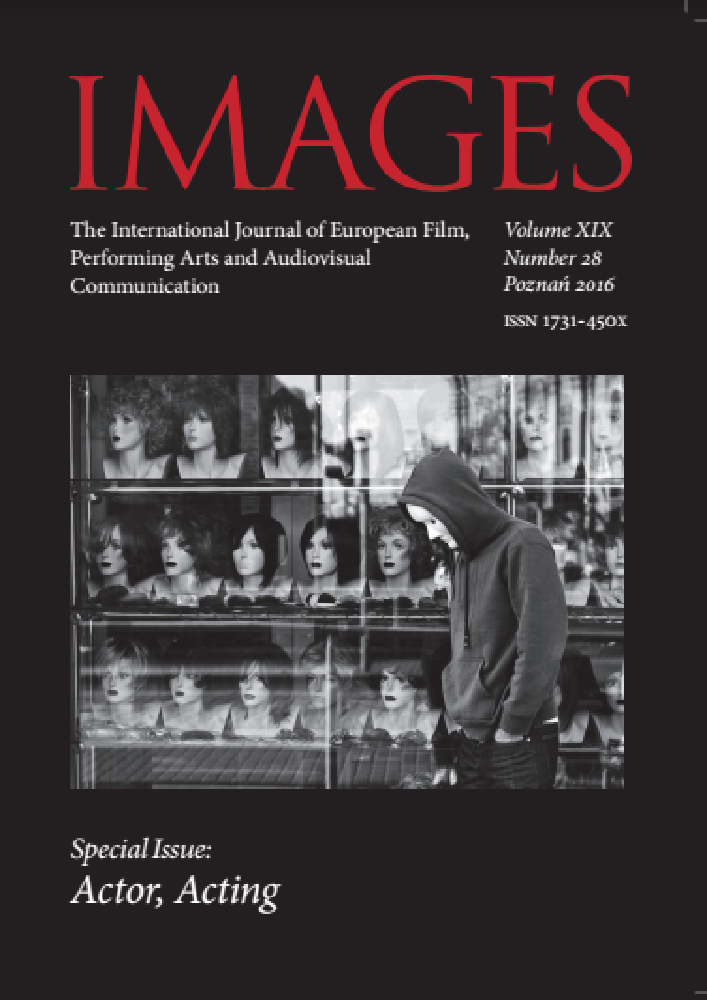Abstract
Against formalism. Teshigahara Hiroshi’s dialogues with tradition and the present of visual cinematic artThe authors examine Teshigahara Hiroshi’s little-known early documentary films Ikebana and Inochi, as well as his later historical films Rikyu and Go-hime. Their aim is to demonstrate how the director refers to the themes of art and the artist in the context of visual art and the work of his father, Teshigahara Sofo.
References
Altman R., 2012, Gatunki filmowe, przeł. M. Zawadzka, Warszawa.
Ashton D., 1997, The Delicate Thread: Teshigahara’s Life in Art, Tokyo.
Aufderheide P., 2007, Documentary Film: A Very Short Introduction, New York.
Burch N., 1979, To the Distant Observer. Form and Meaning in the Japanese Cinema, Berkeley–Los Angeles.
Directory of World Cinema, 2010, vol. 1, Japan, ed. J. Berra, Bristol, Chicago.
Kawase T., 1990, Inspired Flower Arrangements, Tokyo.
Schilling M., 1999, Contemporary Japanese Film, Boston.
Sharp J., 2011, Historical Dictionary of Japanese Cinema, Lanham-oronto–Plymouth.
Teshigahara W., 1990, Ikebana: A New Illustrated Guide to Mastery, Tokyo-New York.
The Concise Routledge Encyclopedia of the Documentary Film, 2013, ed. I. Aitken, London-New York.
Tomoda Y., 2012, Sengo zen’ei eiga to bungaku. Abe Kōbō X Teshigahara Hiroshi, Tokyo.
Ward P., 2005, Short Cuts, Documentary: The Margins of Reality, London–New York.
License

This work is licensed under a Creative Commons Attribution-NonCommercial-NoDerivatives 4.0 International License.
